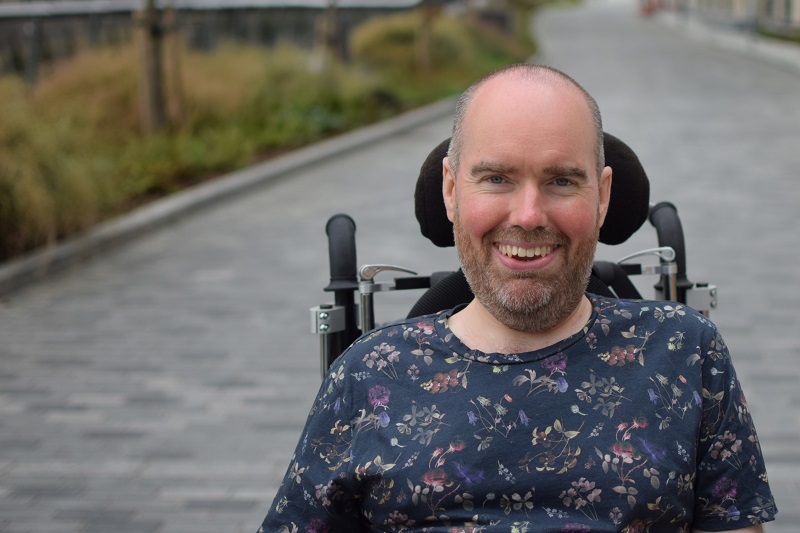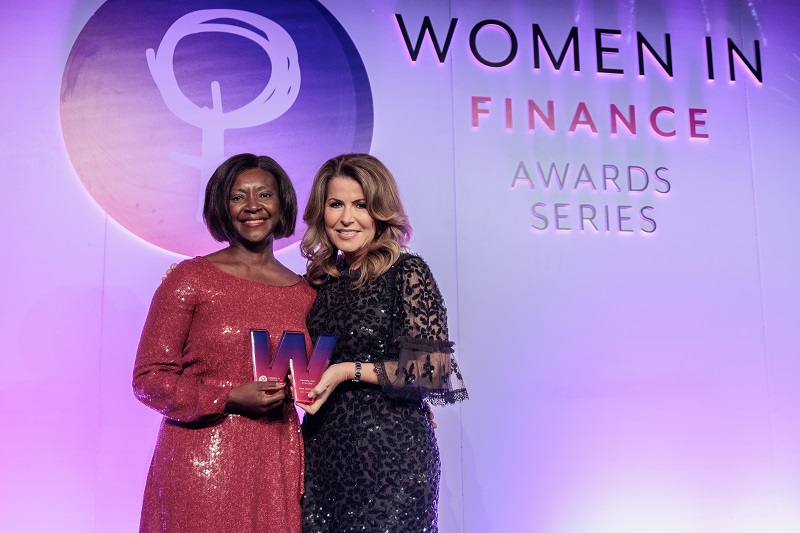Diversity fatigue was coined in corporate America in the 1990s. It described the uphill struggle that equality, diversity and inclusion (EDI) professionals faced in trying to diversify their workplaces and create inclusive cultures. The term has evolved since the nineties and flown over from the US and entered corporate vocabulary in Britain.
It demonstrates how many people feel about the constant conversation around diversity in organisations – a topic that never seems to be resolved – and that it is something “done to us” by HR.
It refers to the shallow, hierarchical, siloed approach, that organisations take. Businesses might focus on women in leadership today, ethnic minority graduates next, LGBT+ people after that, then it’s mindfulness and maybe disability to conclude.
This #Diversish approach (a term devised by The Valuable 500 campaign) – being selectively inclusive of some types of people – leaves some people feeling left out and questioning when it is ‘their turn’ to be included. Meanwhile their trust, engagement and loyalty to the organisation wanes.
Lastly, it resembles the ‘threat’ that diversity represents for some people. Clients have told me that some of their male, straight, white, middle-class, middle-aged managers feel that their footing in the organisation is threatened, that somebody ‘more diverse’ will overtake them through positive action. This is disturbing and dangerous. Diversity includes everybody. Everyone brings valuable lived experiences, perspectives, and ideas to the organisation. Nobody should be left behind.
Diversity is emotionally charged which often focuses on the moral case and human rights – that diversifying workplaces is the right thing to do. There’s a lot of heated debate around hashtags like #BlackLivesMatter, #OscarsSoWhite and #Diversish – and I’ve not met anyone who denies their importance. But then we have cases like the Google engineer (James Damore) publishing an anti-diversity memo that went viral. Damore claimed that he was broadly in favour of workplace diversity and inclusion. But he felt that diversity policies fail if they rely on making “morality” or “empathy” mandatory.
Using ‘diversity’ in Diversity & Inclusion can sometimes emphasise ‘difference’ rather than what unites us. Some organisations have dropped ‘diversity’. Instead, they focus on cultures of respect or belonging. While it is important to focus on respect and belonging – this should not be at the expense of established forms of diversity.
I am disabled and gay, which is part of my identity and lived experience that must not be overlooked. You may hear terms like culture fit, ‘colour blindness’ and diversity of thought (or “ideological diversity” as Mark Zuckerberg once said to Facebook employees) to rationalise our implicit biases. We take our eye off the ball and soon enough realise that our organisations do not reflect the communities where they are based.
I talk to senior business leaders about diversity and inclusion every week. They are frustrated that change is not happening quick enough. How should we address this with chief executives to move beyond diversity fatigue. I do this in three parts:
Evidence-based commercial case
Emphasise the commercial outcomes organisations gain from a diverse workplace. McKinsey has published some of the most famous studies into the importance of diversity on business performance. Their three reports: Why Diversity Matters (2015); Delivering through Diversity (2018) and Diversity Wins (2020) are a staple read for any business leader. Their latest report Diversity Wins, Inclusion Matters tells us again that “the likelihood of diverse companies outperforming industry peers on profitability has increased significantly”.
Scott Page, a professor of complex systems, political science, and economics at the University of Michigan, published “The Difference: How the Power of Diversity Creates Better Groups, Firms, Schools, and Societies.” Drawing on empirical research, Page argues that people with different backgrounds or forms of expertise come together to illuminate new solutions to old problems.
I talk to my clients about inclusive growth. One of my clients is an online retailer who wants to sell more goods to a diverse customer base. Another client is a police force who wants better relationships with their society (to achieve better-policing outcomes).
Reflecting society
Instead of talking about diversity, which can be divisive and add to the fatigue that I’ve talked about, we could talk about reflecting the society that your business is based in — and reflecting the customers you serve. If I held a mirror up to your business, would it reflect the diversity of your community – from the bottom of your organisations to senior leadership? If you are a business in Derby in the Midlands for instance, is your workforce almost 51% female, 24.7% from a black, Asian or minority ethnic background or 13.9% born outside of the UK? In other words, are you mirroring this talent pool according to the last census?
Focus on culture
Culture is the sum of our daily habits and behaviours. We can see the culture around us through things like symbols, behaviours and structures. But it is also what is unseen. The unspoken norms and behaviours that surround us.
Cultures are created when employees imitate behaviours of senior leaders. According to Bourke and Dhillon at Deloitte, six signature traits of inclusive leadership include: cognizance, curiosity, cultural intelligence, collaboration, commitment and courage. It’s really important that senior leaders walk the talk and positively demonstrate inclusive behaviours.
Many business leaders support diversity. However, feelings of diversity fatigue are holding us back. Instead of focusing on what differentiates us – let’s concentrate on what unites us. Our organisations should reflect the societies they are based in and the customers they serve. We should leverage our unique backgrounds to illuminate new solutions to old problems. We should create inclusive cultures where everybody has the opportunity to thrive and do their best work. We should ask ourselves how greater inclusion allows our organisations to grow and make an impact.

Toby Mildon is also the author of Inclusive Growth: Future proof your business by creating a diverse workplace








